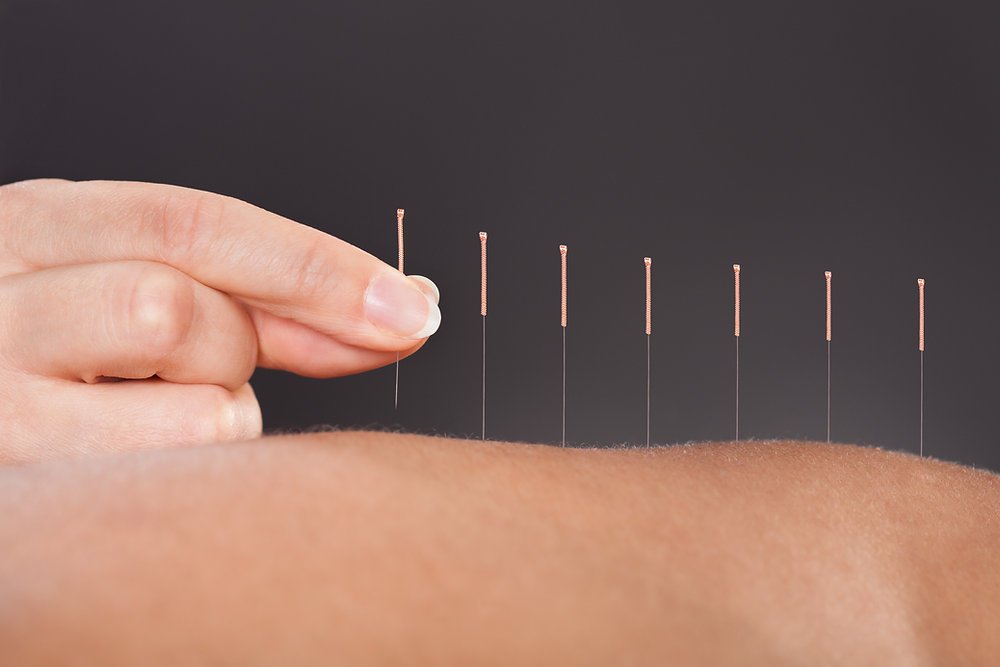
Helping you experience better overall health - mind, body and soul
How?
What to expect during an Acupuncture treatment
How does it work?
Acupuncture involves inserting thin needles into specific points on the body, known as acupuncture points along body meridians. The scientific understanding of how acupuncture works is still evolving, but several theories and mechanisms have been proposed to explain its effects from a biomechanics and physiological perspective.
Neurotransmitter Release
One of the primary theories is that acupuncture stimulates the nervous system, leading to the release of neurotransmitters and other biochemicals that help modulate pain and promote healing. Research has shown that acupuncture can trigger the release of endorphins, which are natural painkillers, and other neurotransmitters like serotonin and dopamine, which play roles in mood regulation and pain perception.
Activation of the Central Nervous System
Acupuncture points are thought to correspond to areas of the nervous system that can influence the brain's processing of pain and other sensory signals. Functional MRI and PET scans have shown that acupuncture can alter brain activity, suggesting that it may modulate central nervous system pathways involved in pain perception and emotional responses.
Blood Flow and Immune Response
Acupuncture improves local blood flow and tissue oxygenation. Studies have observed increased blood flow and changes in microcirculation at acupuncture sites, which could enhance tissue repair and reduce inflammation. Additionally, acupuncture may influence immune responses by modulating the levels of various cytokines and other immune system markers.
Placebo Effect
It’s also important to consider the placebo effect in acupuncture. Patient expectations and the therapeutic setting can play significant roles in perceived outcomes. The ritual of acupuncture and the patient's belief in its efficacy can contribute to overall improvement in symptoms.
Many researchers believe that acupuncture's effectiveness is likely due to a combination of these factors rather than a single mechanism. The interplay between neural, biochemical, and psychological aspects creates a multifaceted approach to understanding how acupuncture might work.
References
Lee, J. H., Lee, M. S., Lee, H., Choi, T. Y., Ernst, E., & Lee, H. (2013). Acupuncture for acute low back pain: a systematic review. The Clinical Journal of Pain, 29(2), 172-179.
Zhang, R., Lao, L., Ren, K., & Zhang, G. (2014). Mechanisms of acupuncture–electroacupuncture on persistent pain. Anesthesiology, 120(2), 482-503.
Vickers, A. J., Vertosick, E. A., Lewith, G., MacPherson, H., Johnson, M., Sherman, K. J., ... & Acupuncture Trialists' Collaboration. (2018). Acupuncture for chronic pain: update of an individual patient data meta-analysis. The Journal of Pain, 19(5), 455-474.
Zhao, Z. Q. (2008). Neural mechanism underlying acupuncture analgesia. Progress in Neurobiology, 85(4), 355-375.
Linde, K., Allais, G., Brinkhaus, B., Manheimer, E., Vickers, A., & Melchart, D. (2016). Acupuncture and dry needling in the management of myofascial pain syndrome: a systematic review of randomized controlled trials. European Journal of Pain, 20(6), 859-868.
Han, J. S. (2004). Acupuncture: neuropeptide release produced by electrical stimulation of different frequencies. British Journal of Anaesthesia, 93(3), 386-387.
Kaptchuk, T. J., Stason, W. B., Davis, R. B., Legedza, A. R., & Kerr, C. E. (2006). Sham acupuncture and the placebo effect in irritable bowel syndrome. PLoS Medicine, 3(12), e315.
Biochemical Changes in Tissues
There is evidence that acupuncture can induce biochemical changes in tissues, such as increased production of ATP (adenosine triphosphate), which is essential for cellular energy and repair processes. It might also affect collagen production and tissue regeneration.
Biomechanics Effects
Inserting needles into acupuncture points could induce mechanical stress in the tissue, which might activate local mechanoreceptors or stretch-sensitive channels. This mechanical stimulation could lead to changes in cellular activity and local biochemical responses.
Pain Gate Control Theory
According to the gate control theory of pain, acupuncture might activate large diameter nerve fibres that inhibit the transmission of pain signals from smaller, pain-transmitting fibres. This "gate" mechanism can modulate the sensation of pain.
Meet Jamie
Kia ora, Im Jamie-Tyla Te Waiora Wharepapa-Gray, I was born and raised in Hawke's Bay. I started studying Acupuncture and Chinese Medicine in 2019 at New Zealand School of Acupuncture and Traditional Chinese Medicine in Auckland. I completed my Bachelor in Health Science (Acupuncture) in 2022 and went on to continue study in Rongoā Maori completing the diploma with Te Wanaga o Aotearoa at the end of 2024.
I'm very passionate about combing my knowledge of traditional practices to provide personalised care, blending acupuncture and Rongoa to support the well-being of my patients health and wellbeing.
Director/ Practitioner




